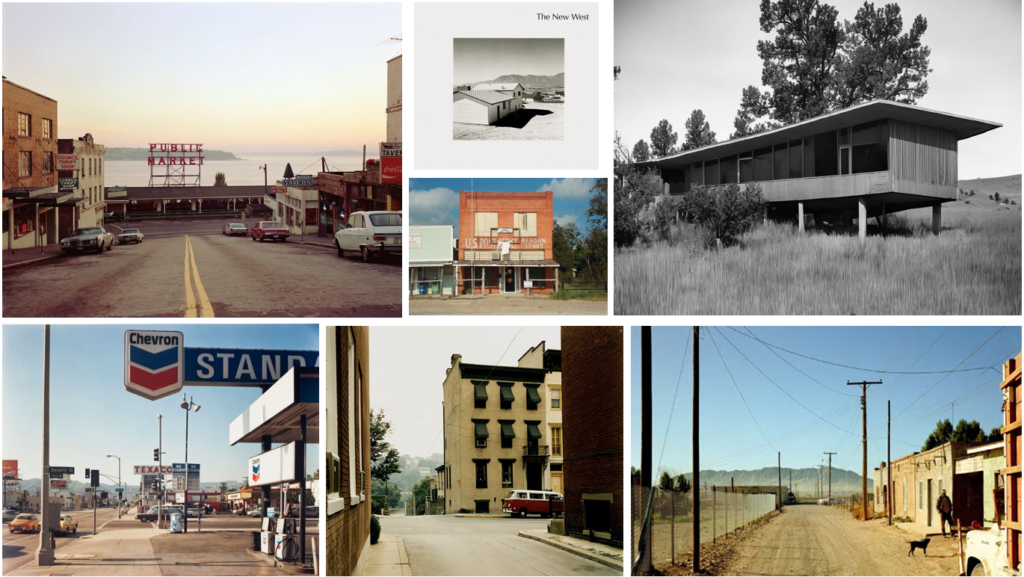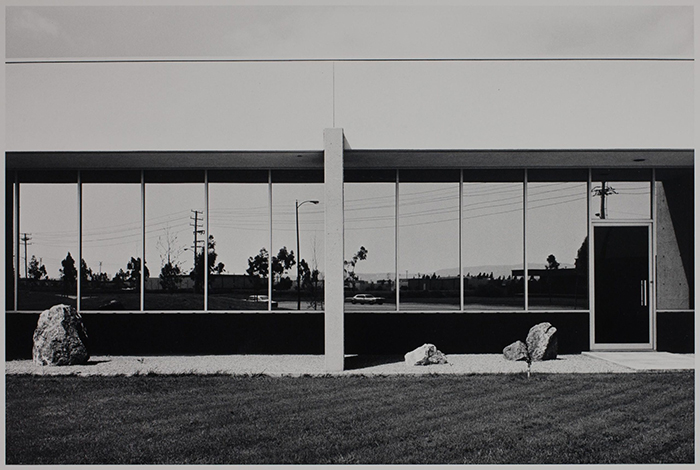
The term, New Topographics was first made up by William Jenkins in 1975 to describe a group of many American photographers whose photographs all had a similar aesthetic. This was that they were particularly banal – seemingly boring and unoriginal – and also mostly black and white. They were images of the urban landscape, involving different kinds of buildings and urban settings. This included places like parking lots, suburban houses and warehouses and these were photographed in a similar way to how early photographers photographed natural landscapes. Photographers who did this style of photography were:
- Robert Adams
- Hilla Becher
- Bernd Becher
- Nicholas Nixon
- Stephan Shore
- Lewis Baltz
- John Schott
- Franke Gohkle
- Joe Deal
- Henry Wessel
New Topographics includes urban settings rather than the natural landscape that was typically seen. It transforms these banal sceneries into something more. William Jenkins described these photos as “neutral” and “reduced to an essentially topographic state, conveying substantial amounts of visual information but eschewing entirely the aspects of beauty, emotion, and opinion.”

People who viewed the images in the exhibition made comments such as;
“I don’t like them—they’re dull and flat. There’s no people, no involvement, nothing.”
“At first it’s stark nothing, but then you look at it, and it’s just about the way things are.”
“I don’t like to think there are ugly streets in America, but when it’s shown to you—without beautification—maybe it tells you how much more we need here.”
Comments like these show the expectations people have on America and how photographers like Ansel Adams shaped their view leading to this surmise. These new landscapes were showing a more truthful version of life, showing that urban landscapes are becoming more.
